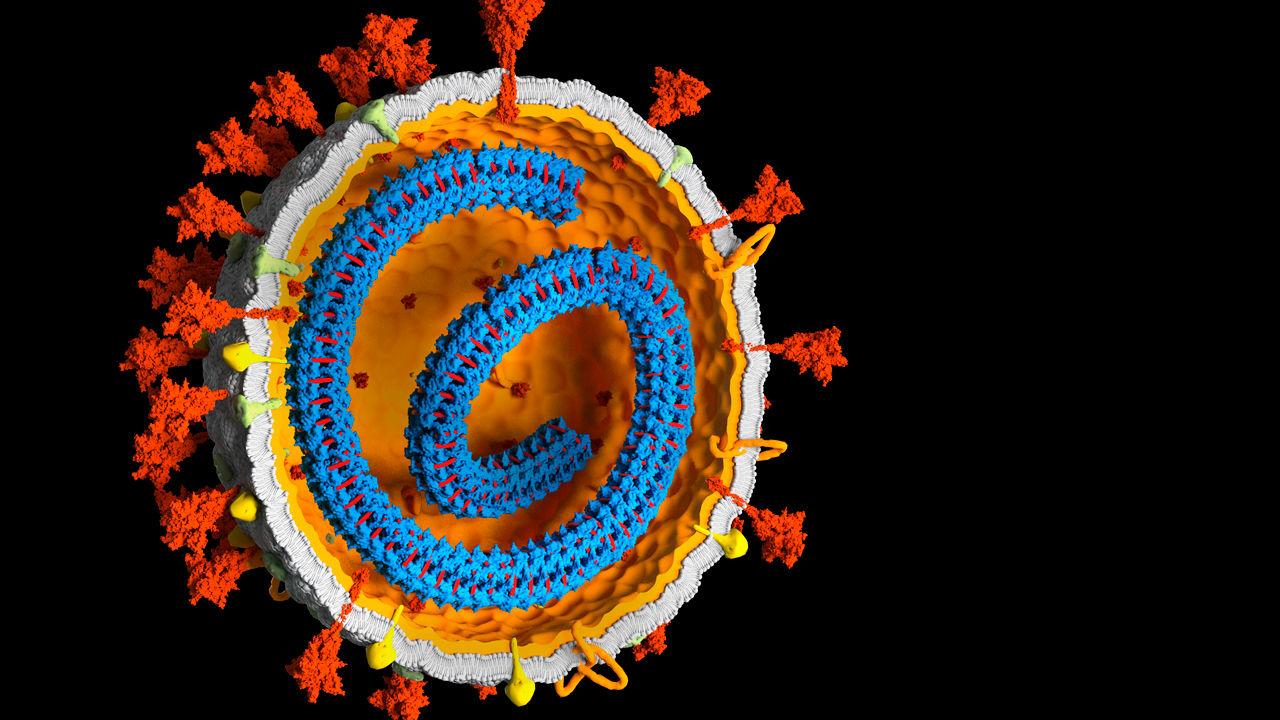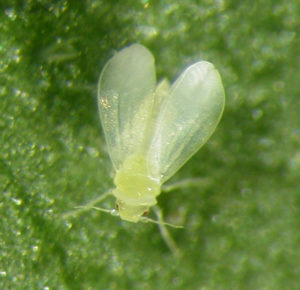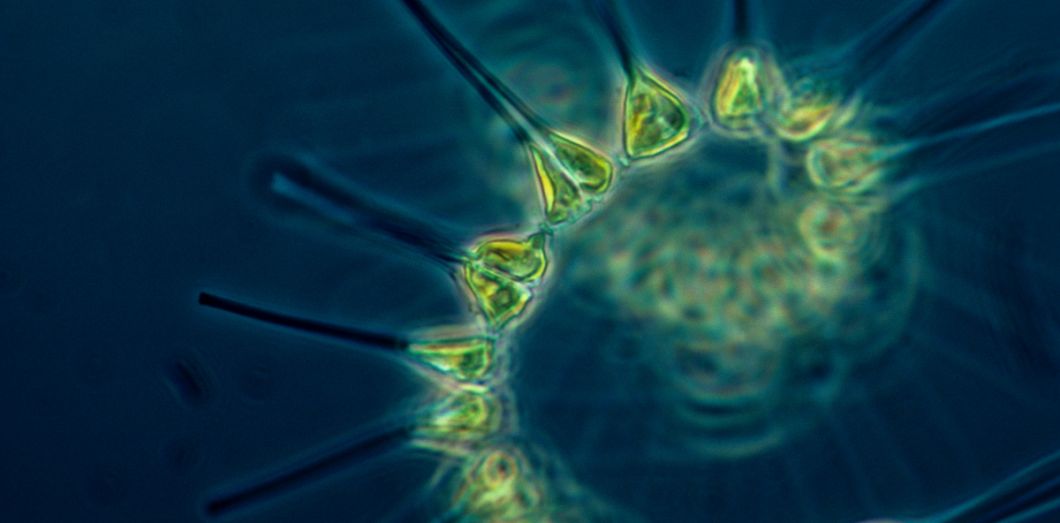 source: sciencemag.org
source: sciencemag.orgA team of prominent scientists has doubled down on its controversial hypothesis that genetic bits of the pandemic coronavirus can integrate into our chromosomes and stick around long after the infection is over. If they are right?skeptics have argued that their results are likely lab artifacts?the insertions could explain the rare finding that people can recover from COVID-19 but then test positive for SARS-CoV-2 again months later.
Stem cell biologist Rudolf Jaenisch and gene regulation specialist Richard Young of the Massachusetts Institute of Technology, who led the work, triggered a Twitter storm in December 2020, when their team first presented the idea in a preprint on bioRxiv. The researchers emphasized that viral integration did not mean people who recovered from COVID-19 remain infectious. But critics charged them with stoking unfounded fears that COVID-19 vaccines based on messenger RNA (mRNA) might somehow alter human DNA. (Janesich and Young stress that their results, both original and new, in no way imply that those vaccines integrate their sequences into our DNA.)
Researchers also presented a brace of scientific criticisms, some of which the team addresses in a paper released online today by the Proceedings of the National Academy of Sciences (PNAS). ?We now have unambiguous evidence that coronavirus sequences can integrate into the genome,? Jaenisch says.
SARS-CoV-2, the virus that causes COVID-19, has genes composed of RNA, and Jaenisch, Young, and co-authors contend that on rare occasions an enzyme in human cells may copy the viral sequences into DNA and slip them into our chromosomes. The enzyme, reverse transcriptase, is encoded by LINE-1 elements, sequences that litter 17% of the human genome and represent artifacts of ancient infections by retroviruses. In their original preprint, the researchers presented test tube evidence that when human cells spiked with extra LINE-1 elements were infected with the coronavirus, DNA versions of SARS-CoV-2's sequences nestled into the cells' chromosomes.
Many researchers who specialize in LINE-1 elements and other ?retrotransposons? thought the data were too thin to support the claim. ?If I would have had this data, I would have not submitted to any publication at that point,? says Cornell University's Cedric Feschotte, who studies endogenous retrovirus chunks in the human genome. He and others also said they expected higher quality work coming from scientists of the caliber of Jaenisch and Young. In two subsequent studies, both posted on bioRxiv, critics presented evidence that the supposed chimeras of human and viral DNA traces are routinely created by the very technique the group used to scan for them in chromosomes. As one report concluded, the human-virus sequences ?are more likely to be a methodological product, [sic] than the result of genuine reverse transcription, integration and expression.?
In their new paper, Jaenisch, Young, and colleagues acknowledge that the technique they used accidentally creates human-viral chimeras. ?I think it's a valid point,? Jaenisch says. He adds that when they first submitted the paper to a journal, they knew it needed stronger data, which they hoped to add during the review process. But the journal, like many, requires authors to immediately post all COVID-19 results to a preprint server. ?I probably should have said screw you, I won't put it on bioRxiv. It was a misjudgment,? Jaenisch says.
In the new PNAS paper, the team provides evidence that artifacts alone can't explain the detected levels of virus-human chimeric DNA. The scientists also show that portions of LINE-1 elements flank the integrated viral genetic sequence, further supporting their hypothesis. And they have collaborated with one of the original skeptics, Stephen Hughes of the National Cancer Institute, who suggested an experiment to clarify whether the integration was real or noise, based on the orientation of the integrated viral sequences relative to the human ones. The results support the original hypothesis, says Hughes, a co-author of the new paper. ?That analysis has turned out to be important,? he says.
?The integration data in cell culture is much more convincing than what was presented in the preprint, but it's still not totally clean,? says Feschotte, who now calls Jaenisch's and Young's hypothesis ?plausible.? (SARS-CoV-2, he notes, can also persist in a person for months without integrating its genes.)
The real question is whether the cell culture data have any relevance to human health or diagnostics. ?In the absence of evidence of integration in patients, the most I can take away from these data is that it is possible to detect SARS-CoV-2 RNA retroposition events in infected cell lines where L1 is overexpressed,? Feschotte says. ?The clinical or biological significance of these observations, if any, is a matter of pure speculation at this point.?
Jaenisch's and Young's team do report hints of SARS-CoV-2 integration in tissue from living and autopsied COVID-19 patients. Specifically, the researchers found high levels of a type of RNA that is only produced by integrated viral DNA as the cell reads its sequence to make proteins. But, Young acknowledges, ?We do not have direct evidence for that yet.?
Harmit Malik, a specialist in ancient viruses in the human genome at the Fred Hutchinson Cancer Research Center, says it's a ?legitimate question? to ask why people who should have cleared the virus sometimes have positive polymerase chain Reaction tests for its sequences. But he also remains unconvinced that the explanation is integrated virus. ?Under normal circumstances, there is so little reverse transcription machinery available? in human cells, Malik says.
The controversy has grown decidedly more civil since December. Both Young and Jaenisch say they received more intense criticism for their preprint than any studies in their careers, in part because some researchers worried it played into the hands of vaccine skeptics spreading false claims about the newly authorized mRNA vaccines. ?If there ever was a preprint that should be deleted, it is this one! It was irresponsible to even put it up as a preprint, considering the complete lack of relevant evidence. This is now being used by some to spread doubts about the new vaccines,? Marie-Louise Hammarskjöld, a microbiologist at the University of Virginia, posted in a comment on bioRxiv at the time.
Voir aussi: https://www.pnas.org/content/118/21/e2105968118
Stem cell biologist Rudolf Jaenisch and gene regulation specialist Richard Young of the Massachusetts Institute of Technology, who led the work, triggered a Twitter storm in December 2020, when their team first presented the idea in a preprint on bioRxiv. The researchers emphasized that viral integration did not mean people who recovered from COVID-19 remain infectious. But critics charged them with stoking unfounded fears that COVID-19 vaccines based on messenger RNA (mRNA) might somehow alter human DNA. (Janesich and Young stress that their results, both original and new, in no way imply that those vaccines integrate their sequences into our DNA.)
Researchers also presented a brace of scientific criticisms, some of which the team addresses in a paper released online today by the Proceedings of the National Academy of Sciences (PNAS). ?We now have unambiguous evidence that coronavirus sequences can integrate into the genome,? Jaenisch says.
SARS-CoV-2, the virus that causes COVID-19, has genes composed of RNA, and Jaenisch, Young, and co-authors contend that on rare occasions an enzyme in human cells may copy the viral sequences into DNA and slip them into our chromosomes. The enzyme, reverse transcriptase, is encoded by LINE-1 elements, sequences that litter 17% of the human genome and represent artifacts of ancient infections by retroviruses. In their original preprint, the researchers presented test tube evidence that when human cells spiked with extra LINE-1 elements were infected with the coronavirus, DNA versions of SARS-CoV-2's sequences nestled into the cells' chromosomes.
Many researchers who specialize in LINE-1 elements and other ?retrotransposons? thought the data were too thin to support the claim. ?If I would have had this data, I would have not submitted to any publication at that point,? says Cornell University's Cedric Feschotte, who studies endogenous retrovirus chunks in the human genome. He and others also said they expected higher quality work coming from scientists of the caliber of Jaenisch and Young. In two subsequent studies, both posted on bioRxiv, critics presented evidence that the supposed chimeras of human and viral DNA traces are routinely created by the very technique the group used to scan for them in chromosomes. As one report concluded, the human-virus sequences ?are more likely to be a methodological product, [sic] than the result of genuine reverse transcription, integration and expression.?
In their new paper, Jaenisch, Young, and colleagues acknowledge that the technique they used accidentally creates human-viral chimeras. ?I think it's a valid point,? Jaenisch says. He adds that when they first submitted the paper to a journal, they knew it needed stronger data, which they hoped to add during the review process. But the journal, like many, requires authors to immediately post all COVID-19 results to a preprint server. ?I probably should have said screw you, I won't put it on bioRxiv. It was a misjudgment,? Jaenisch says.
In the new PNAS paper, the team provides evidence that artifacts alone can't explain the detected levels of virus-human chimeric DNA. The scientists also show that portions of LINE-1 elements flank the integrated viral genetic sequence, further supporting their hypothesis. And they have collaborated with one of the original skeptics, Stephen Hughes of the National Cancer Institute, who suggested an experiment to clarify whether the integration was real or noise, based on the orientation of the integrated viral sequences relative to the human ones. The results support the original hypothesis, says Hughes, a co-author of the new paper. ?That analysis has turned out to be important,? he says.
?The integration data in cell culture is much more convincing than what was presented in the preprint, but it's still not totally clean,? says Feschotte, who now calls Jaenisch's and Young's hypothesis ?plausible.? (SARS-CoV-2, he notes, can also persist in a person for months without integrating its genes.)
The real question is whether the cell culture data have any relevance to human health or diagnostics. ?In the absence of evidence of integration in patients, the most I can take away from these data is that it is possible to detect SARS-CoV-2 RNA retroposition events in infected cell lines where L1 is overexpressed,? Feschotte says. ?The clinical or biological significance of these observations, if any, is a matter of pure speculation at this point.?
Jaenisch's and Young's team do report hints of SARS-CoV-2 integration in tissue from living and autopsied COVID-19 patients. Specifically, the researchers found high levels of a type of RNA that is only produced by integrated viral DNA as the cell reads its sequence to make proteins. But, Young acknowledges, ?We do not have direct evidence for that yet.?
Harmit Malik, a specialist in ancient viruses in the human genome at the Fred Hutchinson Cancer Research Center, says it's a ?legitimate question? to ask why people who should have cleared the virus sometimes have positive polymerase chain Reaction tests for its sequences. But he also remains unconvinced that the explanation is integrated virus. ?Under normal circumstances, there is so little reverse transcription machinery available? in human cells, Malik says.
The controversy has grown decidedly more civil since December. Both Young and Jaenisch say they received more intense criticism for their preprint than any studies in their careers, in part because some researchers worried it played into the hands of vaccine skeptics spreading false claims about the newly authorized mRNA vaccines. ?If there ever was a preprint that should be deleted, it is this one! It was irresponsible to even put it up as a preprint, considering the complete lack of relevant evidence. This is now being used by some to spread doubts about the new vaccines,? Marie-Louise Hammarskjöld, a microbiologist at the University of Virginia, posted in a comment on bioRxiv at the time.
Voir aussi: https://www.pnas.org/content/118/21/e2105968118

 source: sciencepost.fr
source: sciencepost.frDes chercheurs de l'Académie des sciences agricoles de Chine ont mené une étude publiée dans la revue Cell le 1er avril 2021. L'objectif?? Comprendre comment l'aleurode du tabac est capable d'échapper au mécanisme de défense des plantes afin de leur transmettre de nombreux virus pathogènes. Or, leur découverte est surprenante et constitue une grande première.
Les scientifiques ont tout d'abord séquencé le génome de l'aleurode du tabac. Ils y ont trouvé un gène inconnu jusqu'à aujourd'hui : BtPMaT1. Or, ce gène code pour une protéine dont la fonction est de neutraliser les glycosides phénoliques, des métabolites toxiques pour les insectes herbivores. Surpris, les chercheurs ont tenté de comprendre d'où pouvait venir ce gène encore jamais observé chez un insecte. Les scientifiques chinois ont finalement retrouvé des gènes similaires à BtPMaT1, mais seulement chez des plantes, des champignons ainsi que des bactéries.
Des plantes OGM ciblant l'aleurode du tabac??
Ted Turlings, écologiste à l'Université de Neuchâtel (Suisse), a également participé aux travaux. L'intéressé a évoqué dans un article paru dans Nature la probabilité qu'un virus présent dans une plante ait intégré le gène dans son génome, puis qu'un aleurode ait mangé cette plante infectée. Ensuite, le virus a transféré le gène au génome de l'insecte. Ce transfert de gène se serait produit il y a entre 35 et 80 millions d'années au moment de la séparation de l'aleurode du tabac des autres aleurodes n'ayant pas le fameux gène. Pour les meneurs de l'étude, il s'agit là du tout premier transfert horizontal de gènes observé entre une plante et un insecte.
En quelque sorte, l'aleurode du tabac s'est approprié la stratégie de combat de ses adversaires pour y résister. Afin de vérifier leur hypothèse, les scientifiques ont désactivé le gène en modifiant génétiquement des plants de tomates. Le but?? Faire en sorte que ces plants produisent un petit bout d'ARN interférant avec le gène. Lorsque les aleurodes se sont nourris de ces plantes, leur mortalité était plus élevée. Ceci suggère qu'il est possible d'utiliser des plantes OGM ciblant cette mouche blanche et pourquoi pas, d'autres phytoravageurs.
Les scientifiques ont tout d'abord séquencé le génome de l'aleurode du tabac. Ils y ont trouvé un gène inconnu jusqu'à aujourd'hui : BtPMaT1. Or, ce gène code pour une protéine dont la fonction est de neutraliser les glycosides phénoliques, des métabolites toxiques pour les insectes herbivores. Surpris, les chercheurs ont tenté de comprendre d'où pouvait venir ce gène encore jamais observé chez un insecte. Les scientifiques chinois ont finalement retrouvé des gènes similaires à BtPMaT1, mais seulement chez des plantes, des champignons ainsi que des bactéries.
Des plantes OGM ciblant l'aleurode du tabac??
Ted Turlings, écologiste à l'Université de Neuchâtel (Suisse), a également participé aux travaux. L'intéressé a évoqué dans un article paru dans Nature la probabilité qu'un virus présent dans une plante ait intégré le gène dans son génome, puis qu'un aleurode ait mangé cette plante infectée. Ensuite, le virus a transféré le gène au génome de l'insecte. Ce transfert de gène se serait produit il y a entre 35 et 80 millions d'années au moment de la séparation de l'aleurode du tabac des autres aleurodes n'ayant pas le fameux gène. Pour les meneurs de l'étude, il s'agit là du tout premier transfert horizontal de gènes observé entre une plante et un insecte.
En quelque sorte, l'aleurode du tabac s'est approprié la stratégie de combat de ses adversaires pour y résister. Afin de vérifier leur hypothèse, les scientifiques ont désactivé le gène en modifiant génétiquement des plants de tomates. Le but?? Faire en sorte que ces plants produisent un petit bout d'ARN interférant avec le gène. Lorsque les aleurodes se sont nourris de ces plantes, leur mortalité était plus élevée. Ceci suggère qu'il est possible d'utiliser des plantes OGM ciblant cette mouche blanche et pourquoi pas, d'autres phytoravageurs.



 16.09.2023 - 06h34
16.09.2023 - 06h34
